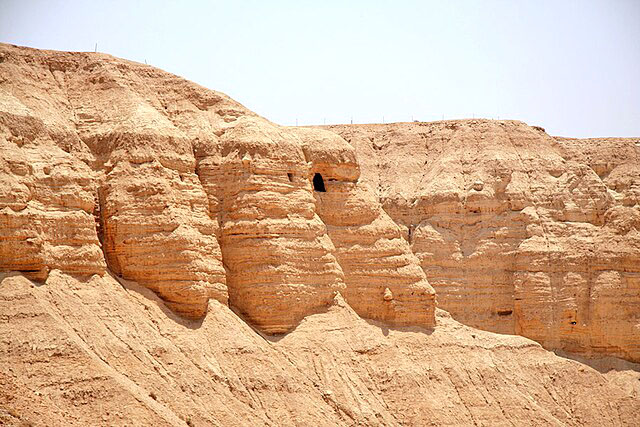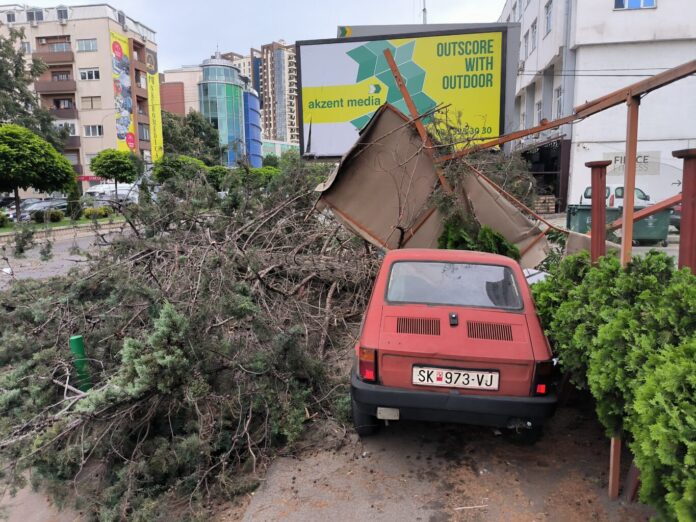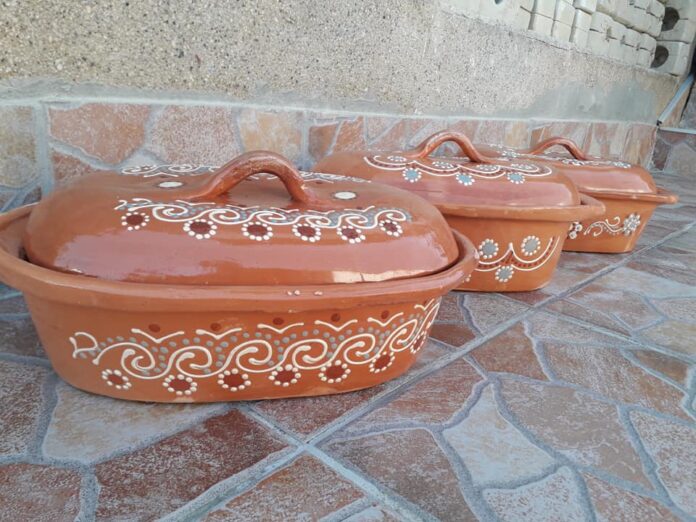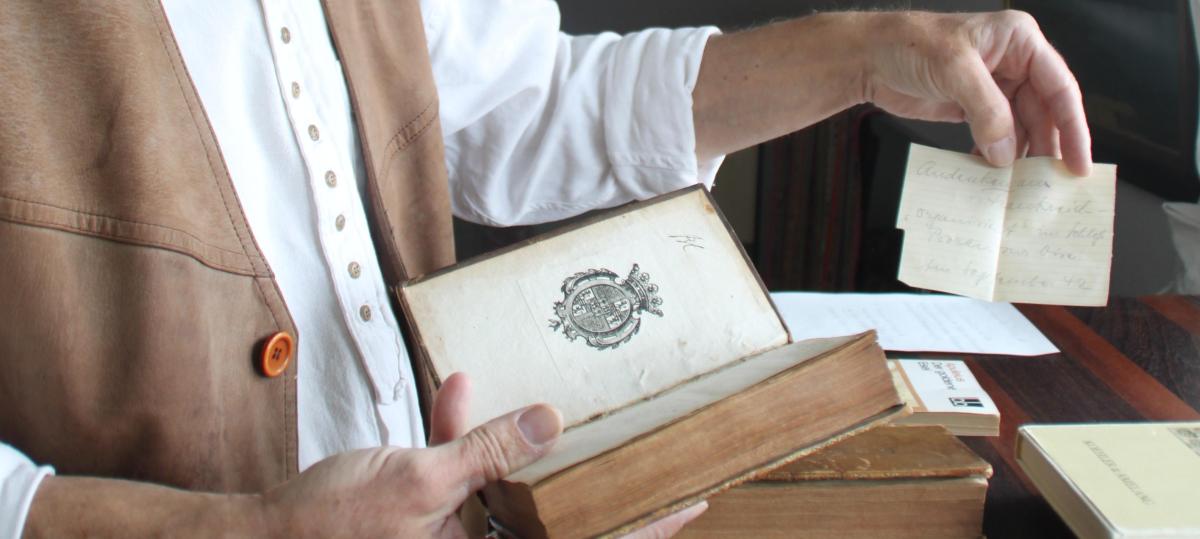Dead Sea Scrolls – Nova Makedonija

The first seven scrolls found in Cave 1 near Kumran are Isaiah (1qisaa), second copy of Isaiah (1qisab), community rule (4QSA-J), Habakuk Commentary (1QPHAB), military scroll (1qm), 1qh.
Dead Sea scrolls are old Jewish religious manuscripts, mostly written in Hebrew, found in the caves near Kumran near the Dead Sea. Thousands of text fragments were discovered in the Dead Sea area. They represent the remains of larger manuscripts that were damaged by nature or humans. Most of them have only remnants of the text. However, the small number of well preserved, almost unchanged manuscripts that survived – are less than twelve.
Researchers collected a collection of about 981 different manuscripts – discovered in 1946/47 and in 1956 – in 11 caves. The caves are about 1.6 km west of the northwest coast of the Dead Sea. There is a scientific consensus dated by the Kumran scrolls that they have come from the last three centuries BC and the first century of our era. The bronze coins found at the same place are from the time of John Hirkan (in service from 135-104 BC to the period from the first Jewish-Roman war (66-73 of our era), confirming the dating of the scrolls done according to several analyzes.

Dead Sea scrolls were found in twelve caves in a place known as Kumran near the Dead Sea on the West Bank of the Jordan River, between 1946 and 1956, by Bedouin Shepherds and a group of archaeologists. The practice of hiding sacred manuscripts in caves or underground had the ancient Jews.
The manuscripts found in Kumran are in two forms: scrolls and fragments, or parts of scrolls. In cave number 4 the fragments were torn into 15,000 pieces. These tiny pieces are a problem for science. FL Harding, the director of the Jordanian Antiquities Department, began composing the pieces, and after 40 years he has not yet ended.
The first seven scrolls found in Cave 1 near Kumran are Isaiah (1qisaa), second copy of Isaiah (1qisab), community rule (4QSA-J), Habakuk Commentary (1QPHAB), military scroll (1qm), 1qh.

Community rule
The 1QS community rule is one of the first scrolls detected by Kumran, part of the dead sea scrolls. The rule of community is a major document that evaluates other manuscripts whether they are sectarian or not.
The manuscript was found in Cave 1 and was initially called « Discipline Rules » by Millar Barrow. Today there is a 1QS tag. Numerous fragments of this document were found in caves 4 and 5 (4QSA-J, 5Q11, 5Q13). Other two documents, a congregation rule (1QSA) and a rule of blessing (1QSB), were found in the same scroll as 1QS. At first it was considered to be part of the community rule, but today they are considered special. The community rule contains texts that have Zoroastrian and Roman influence, which speak of an angel and evil war, which are presented as darkness or Satan versus the sons of Israel or light.
There is a debate among scientists on what the connection of this text is with the community that lived nearby. Most agree that there was a community of people with Jewish religion, identified as emergency.
It is interesting to note that this scroll contains a ritual for immersion purification, and ten ritual baths were found near Kumran. Much of the debate on whether these people were essentials is linked to Joseph Flavius’ description of the essentials, which describes other « philosophical schools » in detail.
For example, Joseph describes details of the toilet habits of male monastic order, and the discoveries of toilets in Kumran are different from what Joseph described. Another dilemma that arises as to whether those people were essentials is associated with women. Several women’s skeletons were found in the cemetery, indicating that people who lived here were not essentials.







